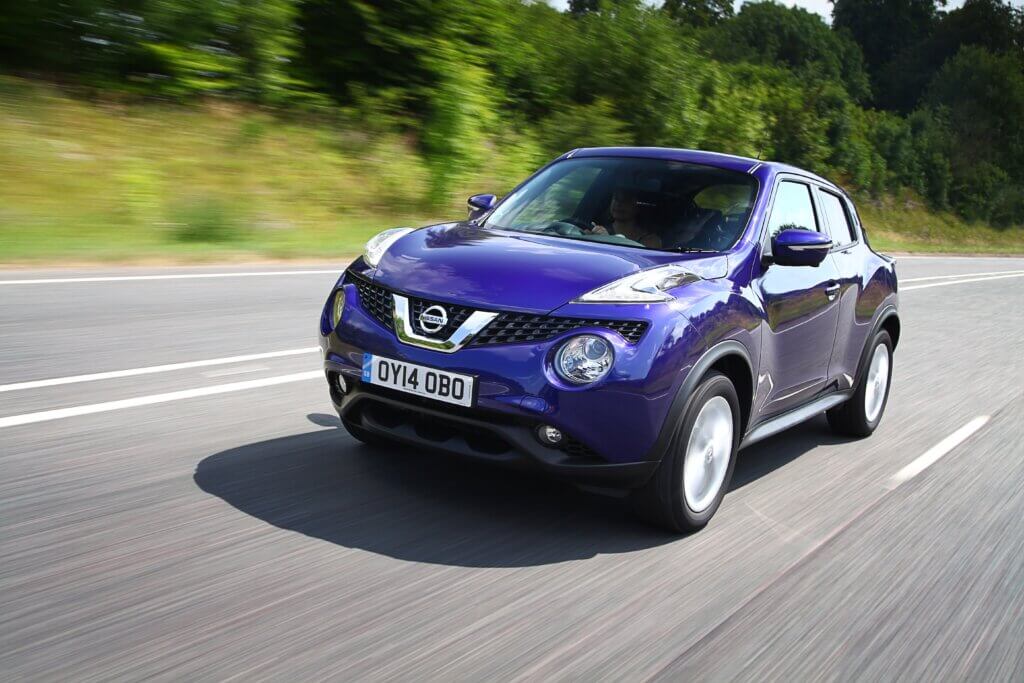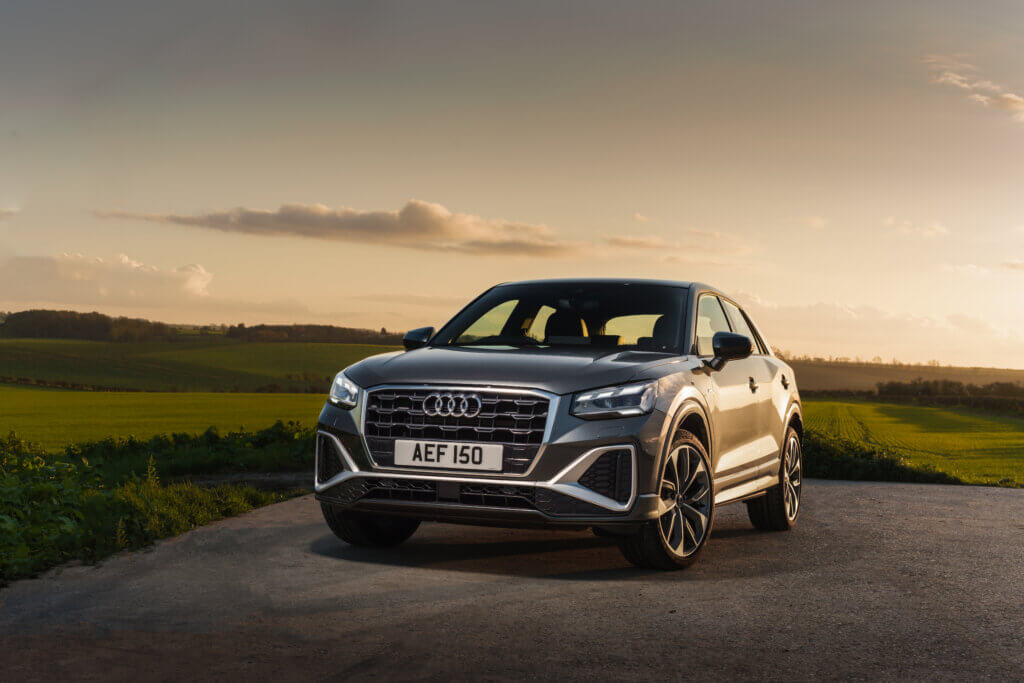Though they may have started as a small part of the SUV landscape, small SUVs have quickly become a very popular purchase for buyers across the UK. In fact, a lot of manufacturers have ditched their traditional hatchbacks and superminis in favour of this car type as more and more people flock towards them.
It means that picking the best used small SUV can be tricky, but we’ve got some of the very best options available via Motors today.
The Best Small SUVs to Buy
We’ve got a range of cars here that all fall under the category of small SUV, with a number of different engine setups and fuel types on offer. Put short, if you’re wanting a used small SUV then we’ve got you covered with this excellent shortlist of popular models.




